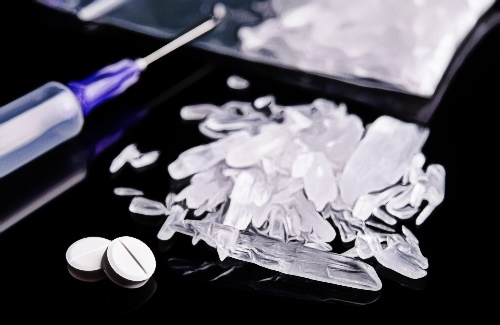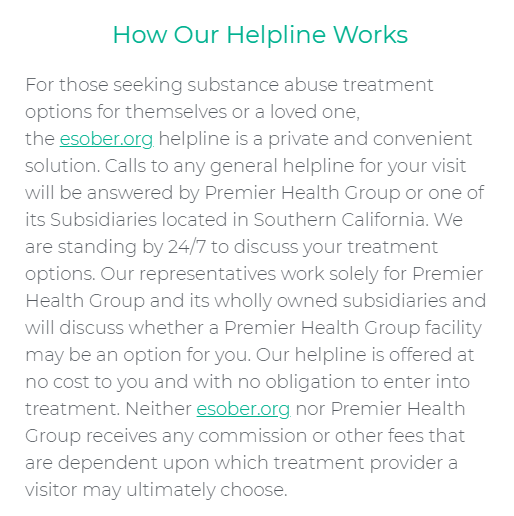Stimulants, also known as uppers, are drugs that increase heart rate and blood pressure. According to the National Institutes of Health, uppers flood the brain with neurotransmitters like norepinephrine and dopamine. These chemicals decrease fatigue and improve concentration, and they can help neurodivergent individuals improve their alertness and focus. Neurotransmitters create feelings of euphoria, elevate a person’s mood and reduce their appetite. However, dopamine and norepinephrine can also cause adverse effects like addiction.
Some Well-Known Uppers
Equipping a drug abuse patient and their loved ones with information on drugs is vital to addiction recovery. Preventing a relapse involves knowing what you’re dealing with, and an addict’s support system wouldn’t know how to do that without being aware of what they are up against. Here are more things to know about these drugs.
Cocaine
A commonly abused stimulant derived from the coca plant, cocaine produces an intense and immediate “high.” Many people who abuse cocaine take one dose after another to maintain the stimulation. Taking cocaine in this way increases their risk of developing an addiction and overdosing. Cocaine goes by nicknames like dust, blow, snow, coke, or white.

Amphetamines
Amphetamines hone the user’s attention, increase their focus, and suppress their appetite. Persons with Attention-Deficit/Hyperactivity Disorder or ADHD get prescriptions for amphetamines. However, abuse of prescription drugs can occur. People abuse prescription stimulants by increasing their dosage without consulting a physician, changing the method of administration to experience faster effects, or changing the frequency of the dosage.
Ecstasy
Also known as MDMA, X, and molly, ecstasy is a mood- and perception-altering synthetic drug. It is chemically similar to both hallucinogens and stimulants. Ecstasy abuse can cause dangerous elevations of body temperature. High doses of the drug can cause temperature spikes, resulting in heart, liver, or kidney failure.

Methamphetamine
Methamphetamine or Meth is a highly addictive stimulant that often goes by street names like ice, crank, or bump. Meth causes violent, erratic, and risky activity. Meth can also cause severe increases in body temperature. Itching, thinking problems, and emotional deregulation are symptoms of meth addiction. Prolonged abuse leads to mood disturbances, memory loss, change in behavior, psychosis, and severe dental problems.

Prescription Stimulants
Abuse of prescription stimulants includes addiction to cold or allergy medication, nasal decongestants, and prescriptions for ADHD. Side effects of abusing these drugs include malnutrition, increased symptoms of allergies or colds, and more. Some prescription stimulants have street names—for example, Ritalin and Adderall can go by names like jelly beans, speed, or addys, among others.
Below are lists of commonly abused prescription stimulants. We have arranged them alphabetically and according to the type of medication and length of effects. We have also included generic and brand names of these drugs.
Short-Acting ADHD Prescription Stimulants
● Adderall (amphetamine)
● Adderall XR (dextroamphetamine)
● Dexedrine (dextroamphetamine)
● Focalin (dexmethylphenidate)
● Methylin (methylphenidate)
● Procentra (dextroamphetamine)
● Ritalin (methylphenidate)
● Zenzedi (dextroamphetamine)

Intermediate-Acting ADHD Prescription Stimulants
● Evekeo (amphetamine sulfate)
● Metadate CD (methylphenidate)
● Metadate ER (methylphenidate)
● Methylin ER (methylphenidate)
● Ritalin LA (methylphenidate)
● Ritalin SR (methylphenidate)
Long-Acting ADHD Prescription Stimulants
● Adderall XR (dextroamphetamine)
● Adzenys XR-ODT (amphetamine)
● Aptensio XR (methylphenidate)
● Concerta (methylphenidate)
● Cotempla XR-ODT (methylphenidate)
● Daytrana (methylphenidate)
● Dyanavel XR (amphetamine)
● Focalin XR (dexmethylphenidate)
● Mydayis
● Quillichew ER (methylphenidate)
● Quillivant XR (methylphenidate)
● Strattera (atomoxetine)
● Vyvanse (lisdexamfetamine)
Cold or Allergy Prescription Stimulants
● Afrin (oxymetazoline)
● Dristan (oxymetazoline)
● Sudafed (pseudoephedrine)
● Sudafed PE (phenylephrine)
● Suphedrin PE (phenylephrine)
● Suphedrin (pseudoephedrine)
● Silfedrine (pseudoephedrine)
● Vicks Sinex (oxymetazoline)
If you suspect that you or a loved one are addicted to any of these drugs, do not attempt going cold turkey. Everyone’s withdrawal symptoms are different, and your body might not respond positively to the detox. You could experience pain and discomfort and not know how to deal with it. Going to a rehab center for addiction recovery will help—these places let recovering addicts detox safely and help them become as comfortable as possible.
How Do Uppers Compare to Downers?
If there are uppers, there are also “downers,” or depressants. This group of drugs produces a sedative effect, making a user feel drowsy and relaxed. Downers reduce a person’s heart rate and keep their breathing slow and steady. They also manage anxiety, insomnia, and epilepsy.
Other physical consequences of taking downers are sedation, muscle relaxation, and the disinhibiting of emotions. A person on downers also loses physical coordination, feels drowsy and forgetful, and experiences general lethargy.
Like with uppers, it is possible to overdose and even die from abusing downers. Examples of downers include alcohol, barbiturates like Amytal, Nembutal, and Seconal, and benzodiazepines like Xanax and Klonopin.
Knowing the slang nicknames for various drugs can help addicts and their loved ones stay informed and on the path to recovery. Xanax and other benzodiazepines may go by nicknames like candy, blues, or z bars, and barbiturates can also go by blues or bluebirds.
The Dangers of Mixing Uppers and Downers
Some people take stimulants and depressants simultaneously, unaware of the adverse effects of mixing these drugs. There is a prevalent notion that because these drugs produce opposite effects, they cancel each other out. However, mixing uppers and downers has various side effects. Here are some reasons why you shouldn’t mix these two types of drugs.
Uppers Mask the Effects of Downers
Stimulants can prevent depressants from taking effect. For example, if you mix alcohol with uppers, you might take more than you intended. If you take too much alcohol, you naturally become unconscious, but because stimulants prevent you from passing out or falling asleep, you might drink even more, putting you at risk for alcohol-induced coma or alcohol-related death.
Cocaine and Alcohol Together Is Particularly Dangerous
The body breaks down cocaine differently when it combines with alcohol. It produces cocaethylene, a chemical more toxic than both alcohol and cocaine alone. Cocaethylene also remains in the body longer, so it causes prolonged stress on the heart and liver. People who take this drug mixture could experience sudden death even several hours after taking it.
Drug Use Often Causes Dehydration
Dehydration occurs when a person abuses drugs. The increase in body temperature, sweating, the likelihood of vomiting and diarrhea can lead to dehydration. These drugs can also cause dehydration indirectly. When you are overactive, you tend to lack body awareness and mindfulness, so you might ignore your body’s need for fluid. Combining uppers and downers will only exacerbate these symptoms.
Taking Uppers and Opioids Causes Heart Problems
The opioids decrease your heart rate, while stimulants increase it. So, when you combine these two drugs, it negatively affects the body’s homeostasis. Taking uppers and opioids together could cause dysrhythmia and heart failure.
Conclusion
Any drug abuse, even of discrete doses of uppers and downers, puts the body at risk for various ailments. Some people take stimulants to get more energy during the day and take depressants to help them relax at night. The body becomes used to both drugs over time, and the use of both could still lead to drug addiction.
Sources:




